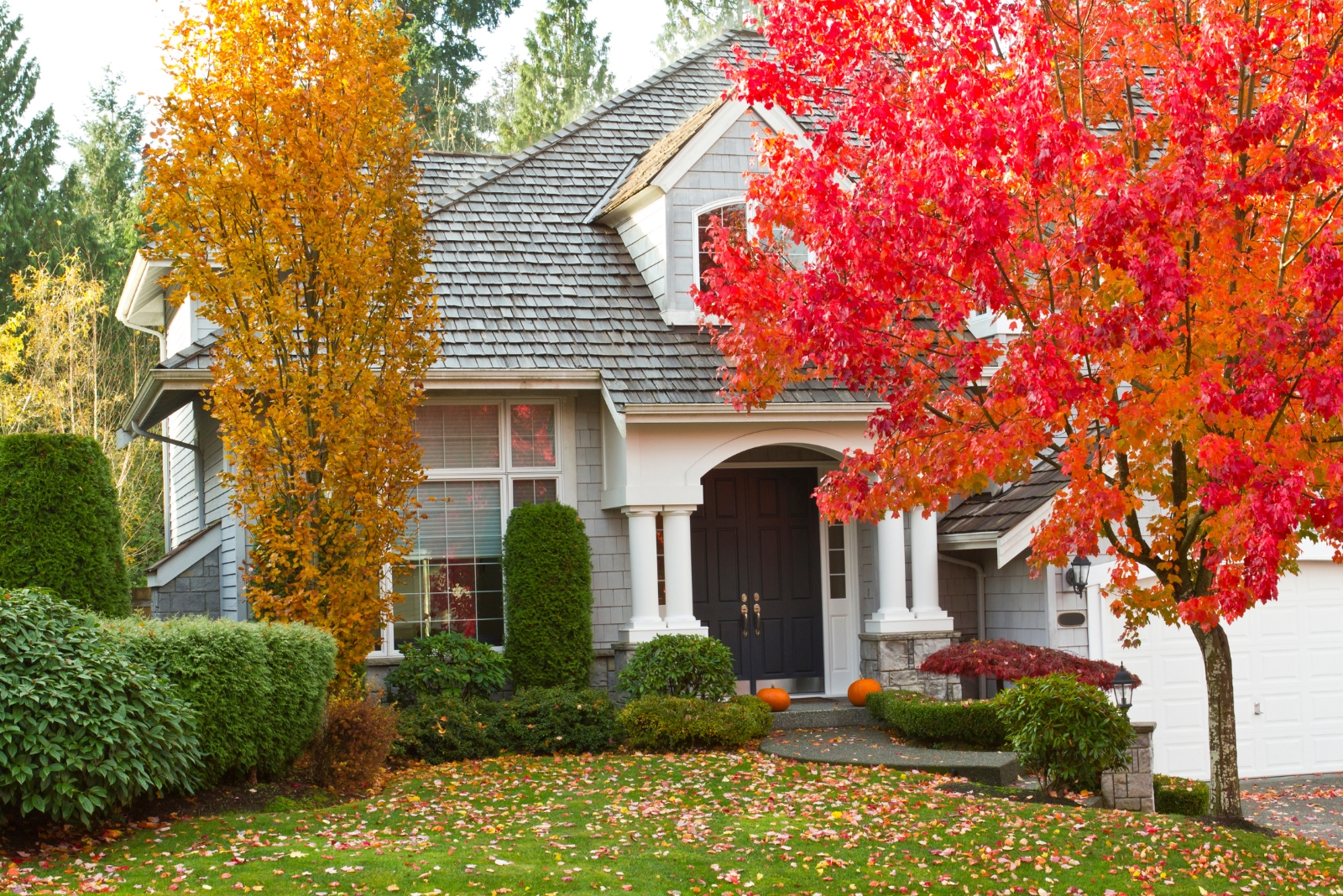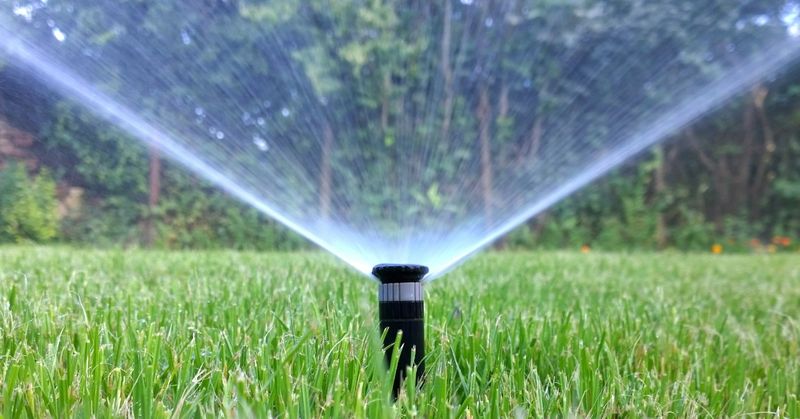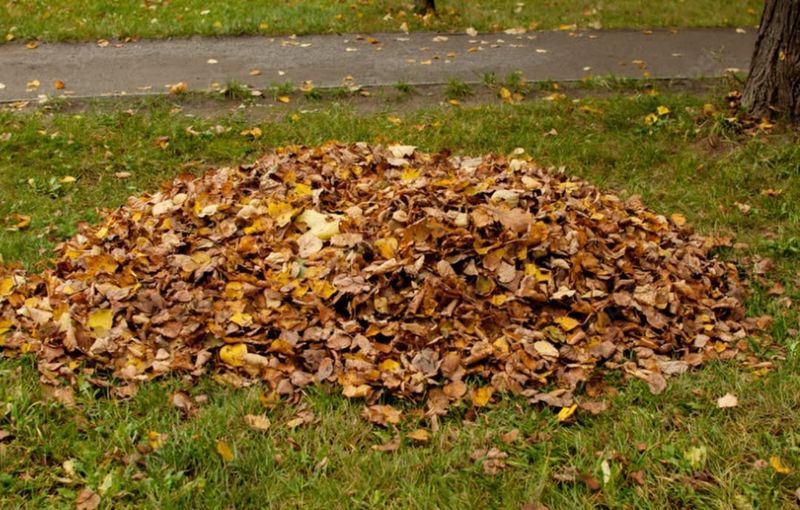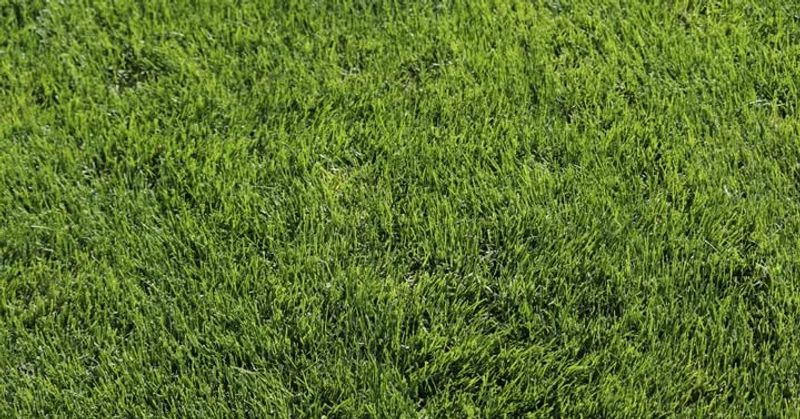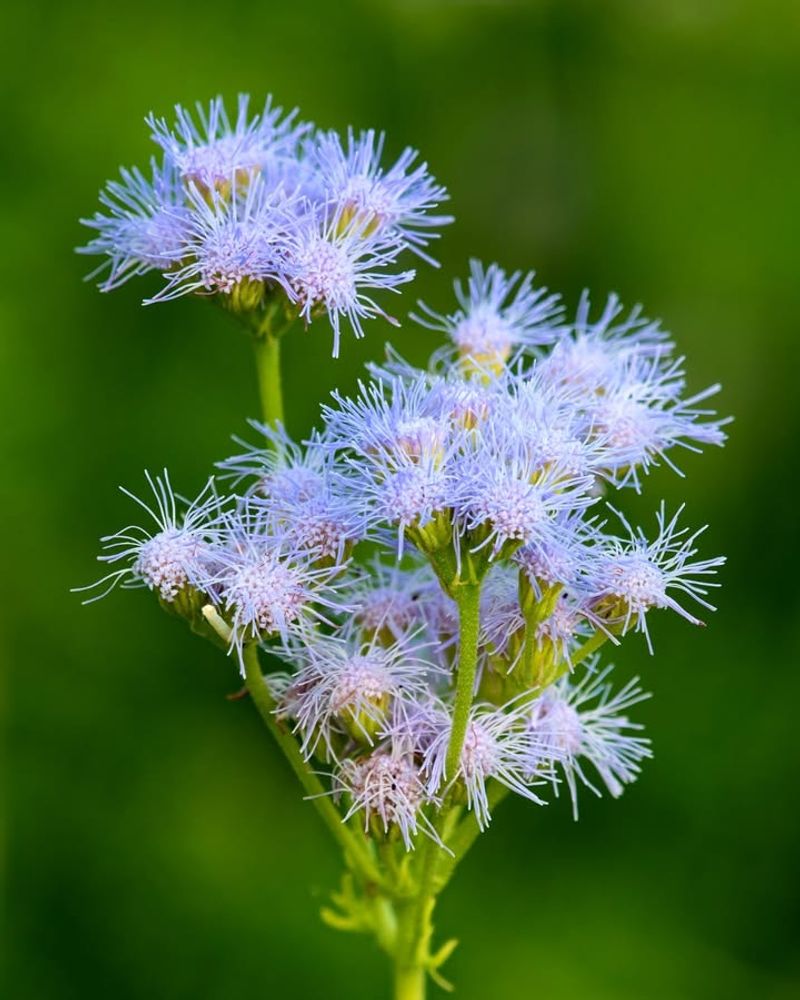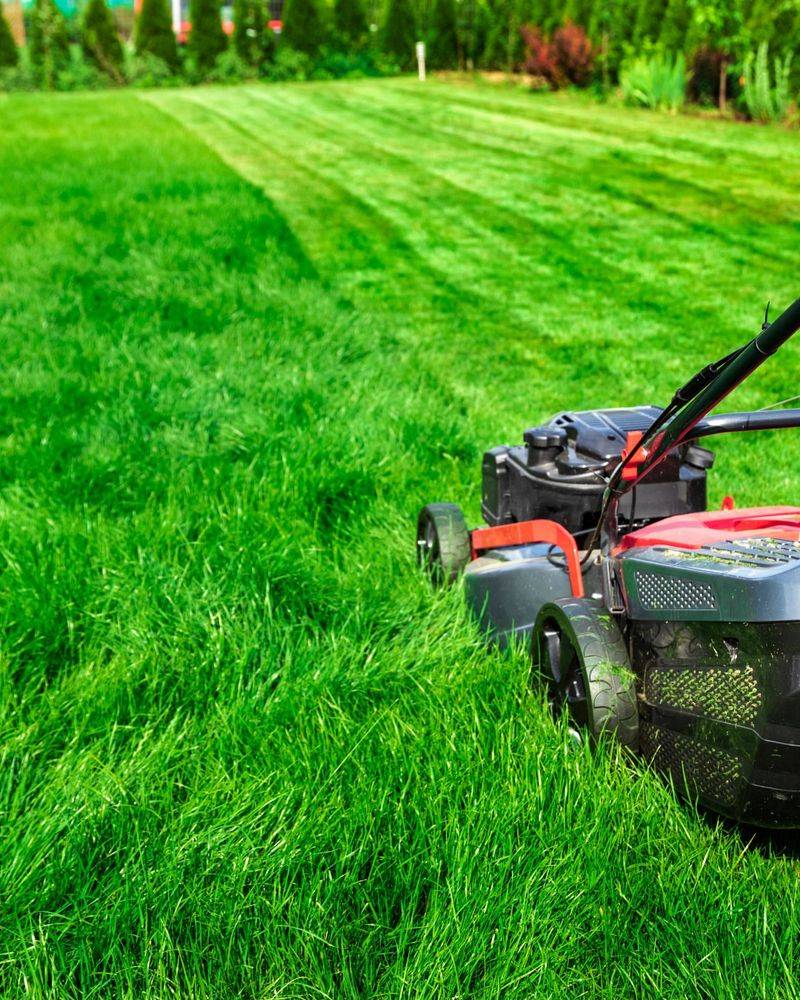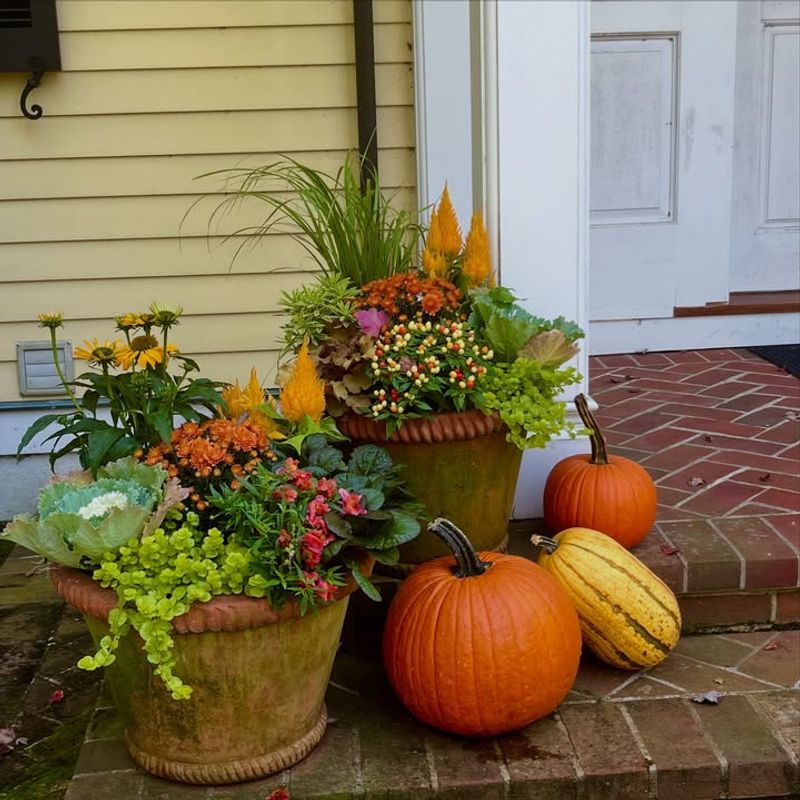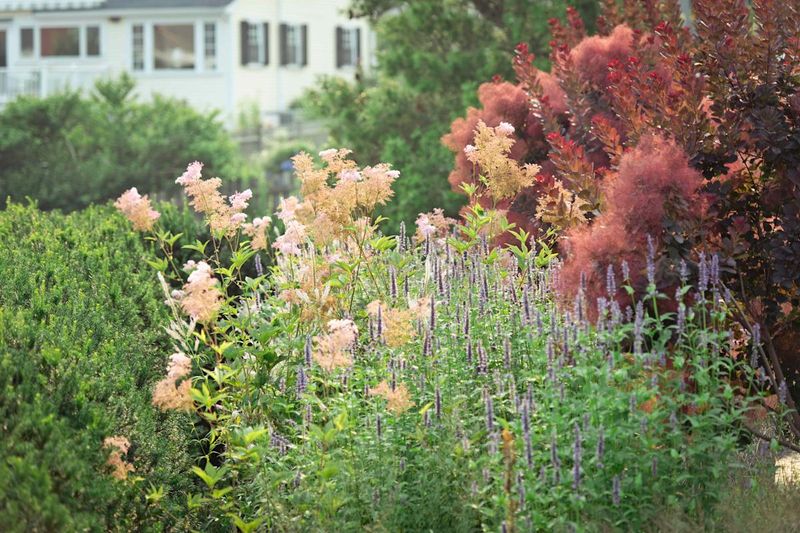As the Texas heat finally starts to loosen its grip, many homeowners hang up the garden gloves and call it quits until spring. Big mistake.
Fall is one of the best times to set your yard up for success, but a few persistent myths keep Texans spinning their wheels. It’s time to separate the tall tales from the tried-and-true tips.
1. You Should Stop Watering Once Temperatures Drop
Many folks think their grass and plants need less water when fall arrives, but that’s not quite right for Texas. Even though it feels cooler outside, your lawn still needs moisture to stay healthy and prepare for winter.
Roots continue growing underground during autumn, and dry soil can stress them out. Water deeply but less frequently, aiming for about one inch per week if it doesn’t rain.
Proper hydration now helps your yard bounce back stronger when spring returns.
2. All Leaves Must Be Removed Immediately
Raking every single leaf the moment it falls might seem like good yard maintenance, but leaves actually provide benefits when left alone for a bit. A thin layer of leaves acts like a natural blanket, protecting soil and providing nutrients as they break down.
Instead of bagging everything, try mulching leaves with your mower. This chops them into tiny pieces that decompose quickly and feed your grass naturally.
Just avoid letting thick piles sit too long, as they can smother your lawn.
3. Fertilizing In Fall Is A Waste Of Money
Some people skip fall fertilizing because they think grass stops growing when temperatures drop. Actually, autumn is one of the best times to fertilize warm-season grasses common in Texas like St. Augustine and Bermuda.
Feeding your lawn in early fall helps roots store nutrients for winter dormancy. Choose a fertilizer with the right balance for your grass type and apply it before the first frost.
Your yard will thank you with thicker, greener growth next spring.
4. Native Texas Plants Don’t Need Any Fall Care
While native plants are definitely tougher than imports, they still benefit from some autumn attention. Even drought-tolerant species appreciate occasional watering during dry fall periods, especially if they were planted within the last year or two.
Adding a layer of mulch around native plants helps regulate soil temperature and conserve moisture. Trim back dead growth if needed, but avoid heavy pruning that might encourage new growth before winter.
A little care keeps natives thriving beautifully.
5. Mowing Can Stop Once Summer Ends
Your mower doesn’t get to retire just because Labor Day has passed. Grass keeps growing throughout fall in Texas, especially during those warm September and October days we often experience.
Continue mowing regularly but gradually raise your blade height as temperatures cool down. Taller grass protects roots from temperature swings and helps prevent weeds from taking over bare spots.
Keep cutting until growth truly stops, which might not happen until late November or December in southern Texas.
6. Planting Should Wait Until Spring
Fall actually ranks as one of the absolute best planting seasons in Texas, yet many gardeners wait until spring unnecessarily. Cooler temperatures mean less stress on new plants, and autumn rains help establish strong root systems before winter.
Trees, shrubs, and cool-season vegetables thrive when planted in fall. Roots grow actively in the moderate weather while top growth slows down, creating healthier plants overall.
By spring, fall-planted specimens have a serious head start over those planted later.
7. Winterizing Your Yard Isn’t Necessary In Texas
Sure, Texas winters are milder than up north, but unexpected freezes can still damage unprepared landscapes. Protect tender plants with frost cloth when cold snaps are predicted, and drain irrigation systems to prevent pipe damage.
Apply a layer of mulch around plant bases for insulation against temperature swings. Move potted plants closer to your house or into a garage during freezing nights.
A few simple precautions prevent costly damage and keep your landscape looking great year-round.

